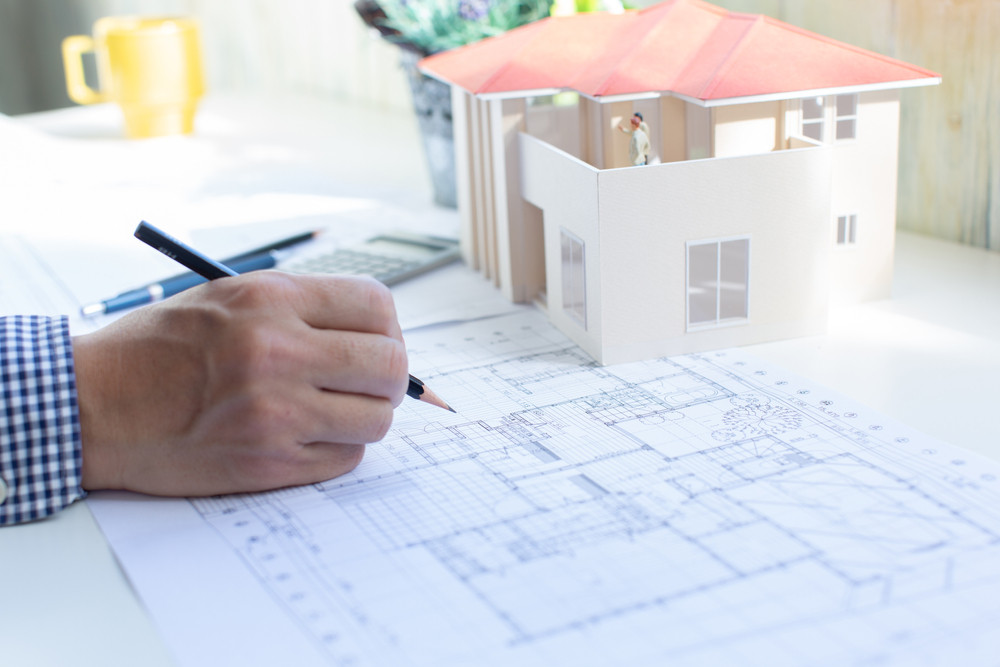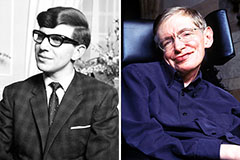A Thorough Overview of Architectural Styles and Their Impact on Modern City Preparation and Advancement
Building styles have long functioned as a mirror to the social worths and technical improvements of their time, playing a critical function fit modern city preparation and advancement. From the grandeur of Neoclassicism to the practical method of Brutalism, each design has presented special ideas that affect metropolitan looks and capability. As contemporary difficulties emerge, including sustainability and neighborhood requirements, recognizing these historic structures becomes essential. The resulting discussion not just notifies future layout practices however likewise raises important concerns about the equilibrium between heritage and technology in our developing metropolitan landscapes.
Historic Summary of Building Styles

As cultures transitioned via the Middle Ages, Gothic style arised, identified by its verticality and intricate describing, matching the spiritual ambitions of the period. The Renaissance marked a revival of classic perfects, merging art and architecture in innovative ways that affected subsequent styles throughout Europe.

Today, building styles remain to develop, driven by globalization and sustainability concerns, reflecting a vibrant interaction between heritage and advancement. This historical review highlights the significance of design as a mirror of societal evolution and as a catalyst for urban development.
Secret Architectural Styles Explained
The diversity of building designs reflects the myriad impacts that form our constructed environment, each embodying unique characteristics and cultural significances. Secret architectural styles consist of Timeless, Gothic, Baroque, Modernism, and Postmodernism, each representing special historic contexts and aesthetic philosophies.
Classical design, rooted in old Greece and Rome, highlights proportion, proportion, and the usage of columns (cda architects). In contrast, Gothic style, prospering in the center Ages, is defined by sharp arches, ribbed vaults, and flying buttresses, developing a heavenly high quality in cathedrals. Baroque style, emerging in the 17th century, is noted by splendour, sophisticated decoration, and a dynamic interplay of light and shadow
Innovation, which gained momentum in the very early 20th century, focuses on feature over type, making use of new products like steel and glass to develop minimal structures. Postmodernism, responding against the austerity of Innovation, accepts eclecticism and historic referral, typically incorporating spirited aspects and paradox.

Influence On Urban Preparation
Fit the development of cities, building designs dramatically influence city preparation decisions. The option of architectural style commonly determines the looks, capability, and general character of city environments. As an example, modernism, with its emphasis on minimalism and functionality, motivates open rooms and the assimilation of innovation, shaping city designs that focus on effectiveness and access. Alternatively, conventional styles might highlight historical conservation, resulting in urban designs that preserve social heritage and advertise pedestrian-friendly settings.
Furthermore, building styles can influence zoning policies and land make use of policies. Urban planners must consider the prevailing building fads when making areas, making certain that brand-new growths balance with existing structures. This consideration fosters cohesive city landscapes and boosts neighborhood identity.
The implementation of specific building designs can likewise influence socioeconomic factors additional resources within a city. For example, premium modern styles may bring in upscale locals and companies, causing gentrification, while much more economical housing options might focus on functional and sustainable designs to fit diverse populaces. Inevitably, the interplay in between architectural designs and urban preparation creates vibrant cities that reflect both historic context and modern requirements, forming the lived experiences of their residents
Sustainability and Modern Style
Architectural designs play a pivotal function in addressing modern obstacles, especially in the world of sustainability. As urban areas expand and environmental problems magnify, modern-day architecture progressively welcomes sustainable style concepts that prioritize energy performance, source conservation, and very little eco-friendly impact.
Contemporary building motions, such as biophilic style and green style, supporter for frameworks that integrate with their surroundings, making use of natural materials and advertising biodiversity. These designs frequently integrate eco-friendly energy sources, such as solar panels and wind generators, to lower dependence on fossil fuels and lower carbon footprints.
Additionally, the assimilation of innovative technologies, such as smart building systems, enhances energy administration, enhancing source use while making certain owner convenience. Cutting-edge water management strategies, including rainwater harvesting and greywater recycling, further add to sustainable urban environments.
Notably, sustainability extends beyond environmental concerns; it encompasses social and financial measurements too. By promoting Home Page area health and advertising inclusivity, contemporary architectural styles align with lasting growth goals. As a result, the evolution of building techniques proceeds to shape resilient cities that not just satisfy the needs of the here and now yet additionally secure the future for generations to come.
Area Interaction in Design
Area interaction in design acts as a critical bridge between architects and the populaces they serve, making certain that the developed environment shows the needs and desires of its individuals. This joint process my response welcomes neighborhood participants to contribute their understandings and preferences, cultivating a sense of possession and obligation towards the spaces they live in.
Effective area engagement uses various techniques, such as workshops, surveys, and public forums, to collect varied viewpoints. These methods assist in a two-way dialogue, permitting designers to recognize regional contexts while encouraging homeowners to voice their worries and desires. This inclusivity not just improves the design quality yet likewise promotes social equity by resolving the distinct difficulties encountered by marginalized teams.
Furthermore, neighborhood involvement can cause ingenious services that could not arise in a traditional style process. By incorporating regional expertise and cultural worths, architects can create areas that reverberate even more deeply with customers, boosting usability and sustainability. Ultimately, focusing on neighborhood engagement in style procedures causes atmospheres that nurture social interactions, assistance wellness, and enhance area connections, therefore playing a pivotal role fit modern urban landscapes.
Final Thought
Building styles have profoundly affected modern city preparation and development, mirroring progressing social and technological contexts. As cities proceed to grow and adjust, the ongoing discussion between building heritage and modern-day style principles will certainly continue to be crucial in producing inclusive, vibrant areas that improve top quality of life and promote social equity.
 Emilio Estevez Then & Now!
Emilio Estevez Then & Now! Luke Perry Then & Now!
Luke Perry Then & Now! Barbi Benton Then & Now!
Barbi Benton Then & Now! Lucy Lawless Then & Now!
Lucy Lawless Then & Now! Stephen Hawking Then & Now!
Stephen Hawking Then & Now!